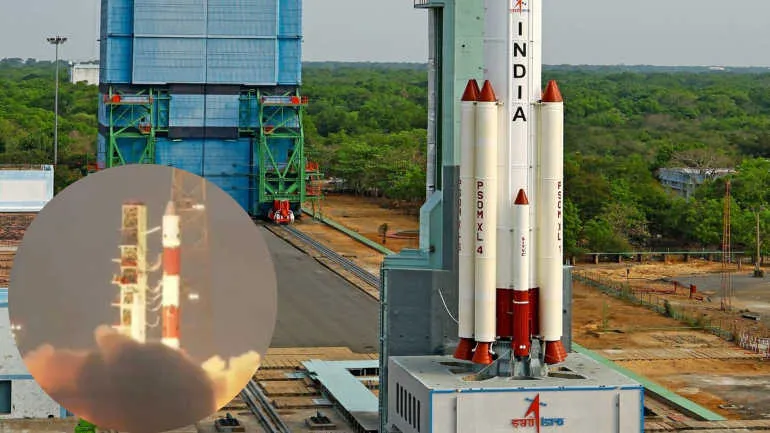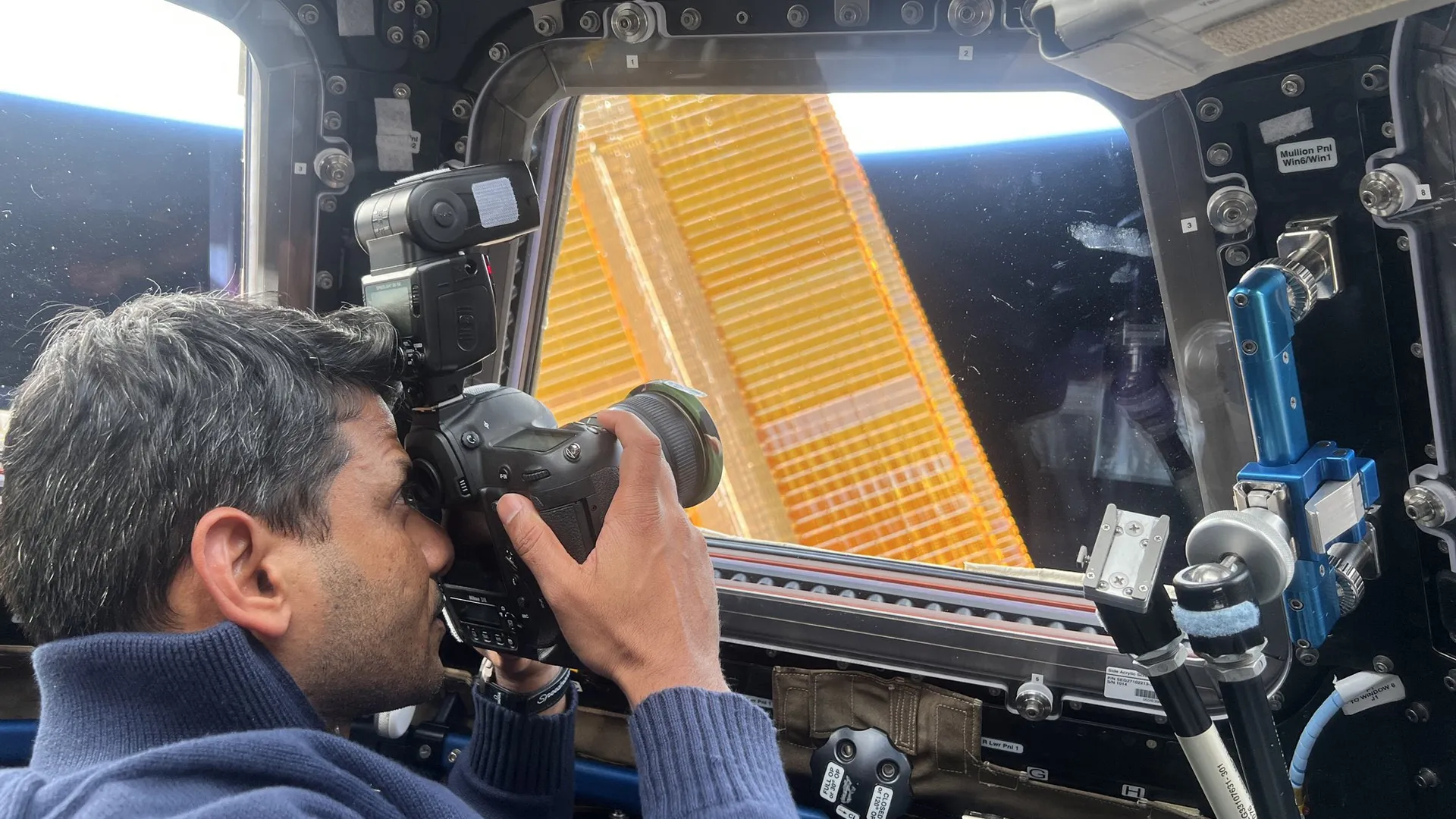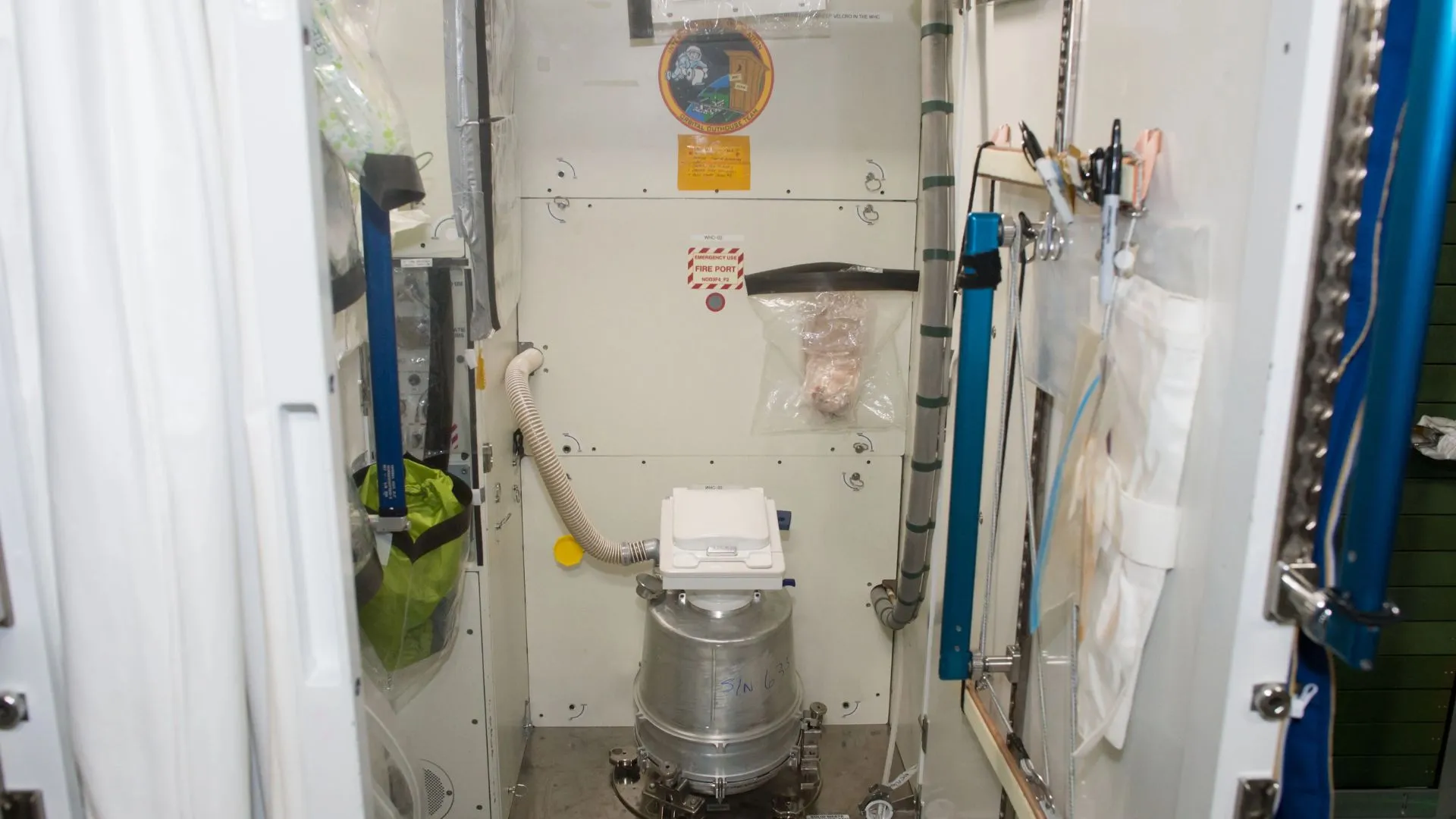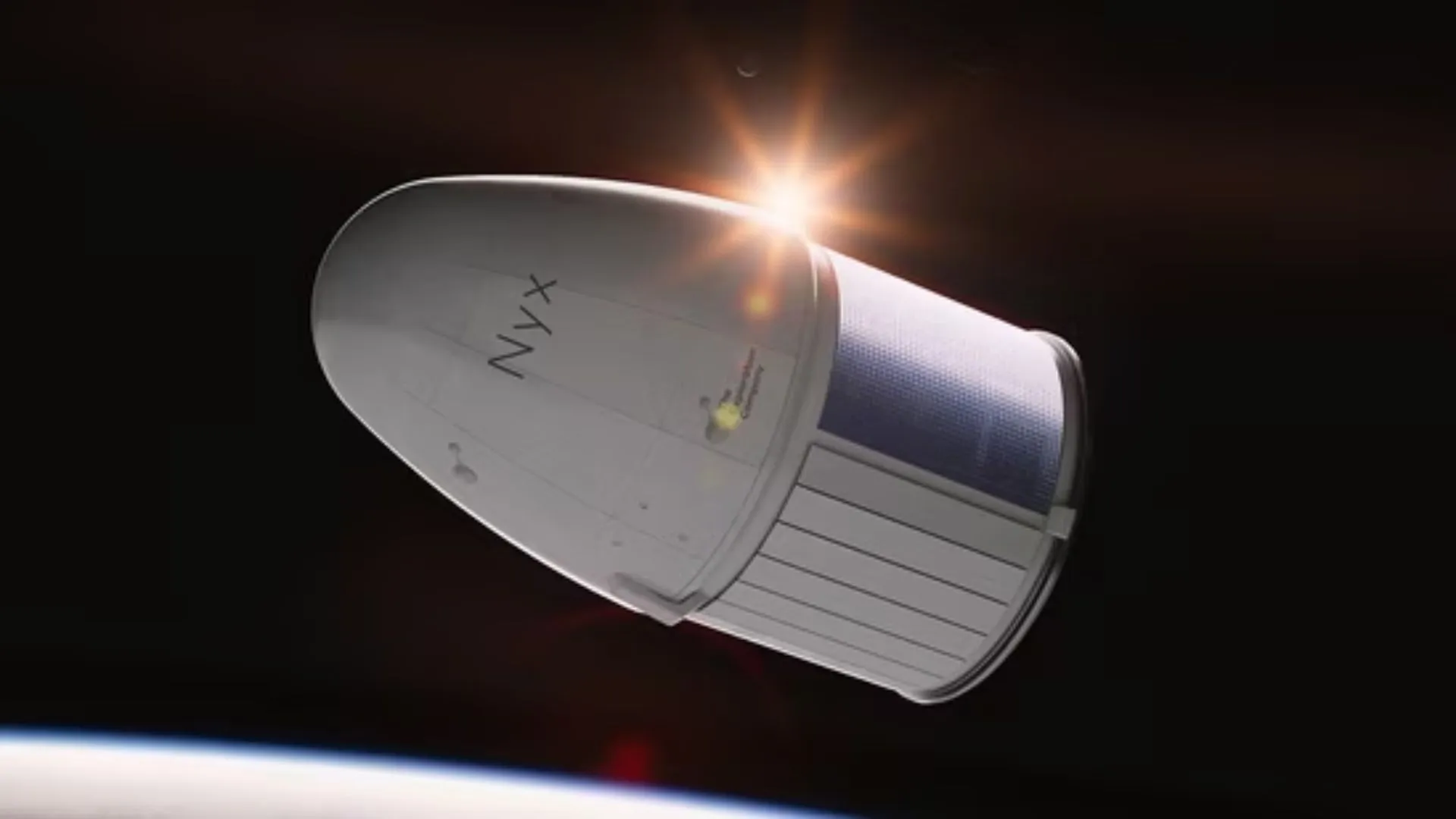The Indian Space Research Organisation (ISRO) marked a major achievement on Sunday. It launched its 101st satellite, EOS-09, using the PSLV-C61 rocket.
“LIFTOFF! ISRO’s 101st launch mission takes flight aboard PSLV-C61,” the agency posted on X.
🚨 Liftoff of PSLV-C61 at 5:59 am IST from ISRO's First Launch Pad at SHAR 🚀#ISRO #PSLVC61 pic.twitter.com/ZolslbNd5c
— ISRO Spaceflight (@ISROSpaceflight) May 18, 2025
Satellite Placed in Polar Orbit
The PSLV-C61 rocket carried EOS-09 into a Sun Synchronous Polar Orbit (SSPO). This type of orbit allows the satellite to pass over the same areas of Earth at the same local time every day.
As soon as EOS-09 separated from the launch vehicle, ISRO began the next phase. They used Orbit Change Thrusters (OCT) to lower the altitude of the PS4 stage. After that, they performed passivation. This step helps reduce the space junk by ending the stage’s orbital life in a controlled way.
Mission Aims for Sustainability
Importantly, ISRO took extra steps to make this mission environmentally responsible. EOS-09 has deorbiting fuel on board. Therefore, it can safely leave its orbit after completing the mission. This shows ISRO’s commitment to clean and sustainable space operations.
PSLV’s Consistent Record Continues
This was the 63rd flight of a PSLV rocket and the 27th flight using the PSLV-XL variant. Notably, ISRO had already completed 100 launches before May 18.
“This mission continues the PSLV’s record of delivering reliable performance across a wide range of payloads and orbits,” ISRO stated.
Satellite Offers Advanced Imaging
EOS-09 comes with C-band synthetic aperture radar technology. As a result, it can take high-resolution images of Earth during both day and night, even in bad weather.
This capability improves India’s efforts in monitoring agriculture, forests, borders, and natural disasters. It also supports strategic and military surveillance.
Experts Applaud the Launch
On Saturday, scientist W Selvamurthy praised the ISRO team and its industry partners. He stressed the importance of EOS-09 in supporting multiple sectors.
“I would like to congratulate the ISRO scientists, technicians, industries associated with ISRO for this important satellite being launched from the Satish Dhawan Space Centre, Sriharikota. It is a very important satellite because it forms a part of a constellation of satellites which can look at Earth and what changes are happening on Earth. For example, agriculture, forestry, disaster management, or even for strategic applications, for military applications, because it’s very important to see the borders,” Selvamurthy told ANI.
Public Misses the Live View
Meanwhile, many families and children came to the Satish Dhawan Space Centre in Sriharikota. They hoped to watch the rocket launch. However, due to rising tensions between India and Pakistan, authorities did not allow public viewing.
“We came from Ranipet, we travelled such a long distance to come here to see the rocket launch site, but unfortunately due to India-Pakistan we can’t see it. Our chance is lost this time, but I am very proud to come here, even if I don’t get a chance (to see the launch), I feel very excited,” a child told ANI.
Another student shared similar feelings but stayed hopeful.
“I came here, I was disappointed that we were not allowed to witness the launch, so we came 150 kilometres from village, it feels little bad, little disappointing, but next time I will surely try to come again. My aim is to become the ISRO chairman, I am very interested in space science,” he said.























